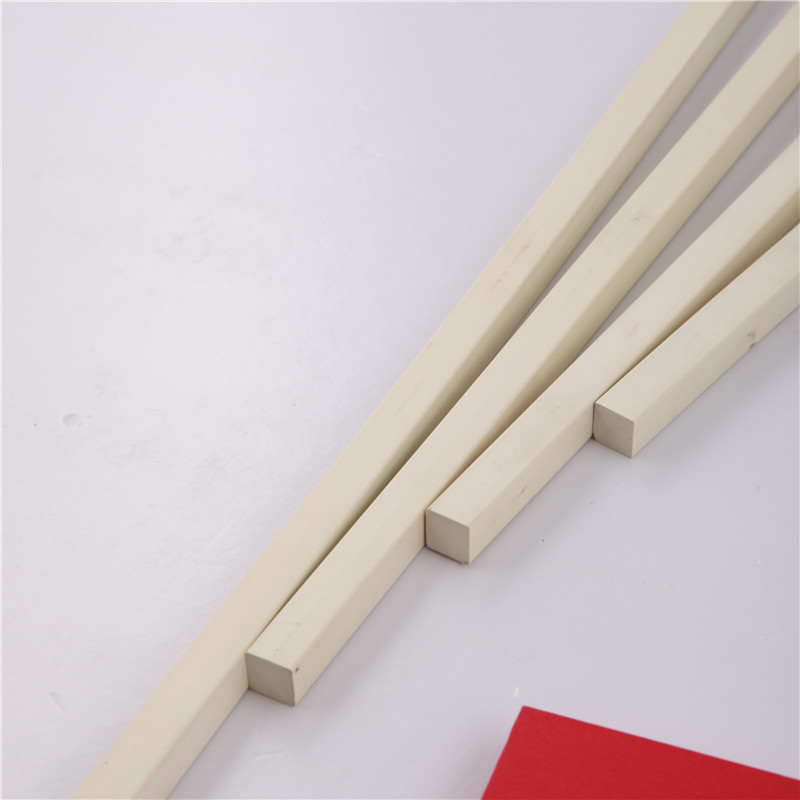Oct . 17, 2025 11:05 Back to list
PVC Square Rod – Rigid, Machinable, Chemical Resistant
Square PVC rods: the quiet workhorse in fixtures and fabrication
If you’re sourcing a PVC square rod, here’s the honest rundown from the shop floor to the lab. These profiles aren’t flashy—but in jigs, chemical plant supports, and electrical isolation blocks, they’re often the part that just works. The model I reviewed comes out of No.316 Pingan West Street, Shunping County, Baoding City, Hebei, China 072250, and, to be honest, the machining behavior surprised me: clean edges, low chatter, and predictable dimensional stability.

What’s trending in rigid PVC profiles
Three shifts I keep seeing: tighter tolerance extrusion (Cpk-driven), a steady move to Ca-Zn stabilizers (goodbye lead), and small-batch custom colors for brand-harmonized installations. Also, more requests for traceable lots and RoHS/REACH declarations. It seems maintenance teams want fewer surprises and better paperwork.
Core specs at a glance
| Property | Typical value | Test method | Notes |
|---|---|---|---|
| Size | 10×10 mm (others on request) | — | Length: any; surface: smooth |
| Specific gravity | 1.45–1.50 g/cm³ | ISO 1183-1 | Compound dependent |
| Tensile strength | ≈ 45–55 MPa | ISO 527-2 | Room temperature, dry |
| Flexural modulus | ≈ 2.4–3.0 GPa | ISO 178 | Real-world use may vary |
| Vicat softening | ≈ 75–85 °C | ISO 306 | Method B50 |
| Dielectric strength | ≈ 10–20 kV/mm | IEC 60243 | Insulation spacers, busbar standoffs |
| Flammability | Often UL 94 V-0 (formulation-dependent) | UL 94 | Confirm per lot |
| Colors | Dark grey RAL7011, black, white, custom | — | Brand-matched colors available |
Process flow and QA
Materials: PVC resin (ASTM D1784 compound), Ca-Zn stabilizers, lubricants, pigments. Methods: dry blending → twin-screw extrusion through square die → calibrated water-bath cooling → haul-off → cut-to-length → conditioning. QA: density (ISO 1183), dimensions (±0.2–0.3 mm typical), tensile (ISO 527), impact (ISO 179), hardness (ISO 868). Service life: indoors ≈ 10–15 years; outdoors ≈ 2–5 years (extend with UV-stabilized grades). Certifications: ISO 9001 manufacturing; RoHS/REACH declarations on request.
Where a PVC square rod fits best
- Corrosion-resistant supports in water treatment skids
- Electrical isolation blocks and non-conductive spacers
- Jigs/fixtures for light machining; inspection gauges
- Lab furniture frames and splash-zone components
One shop foreman told me their CNCs “treat PVC square rod like a friendly aluminum”—good chip control, minimal tool wear. Another maintenance lead liked that parts could be solvent-welded in a pinch.
Customization
Profiles beyond 10×10 mm? Sure—common asks are 12×12, 20×20, and 25×25 mm. Color-matched RAL shades, close-tolerance grinding, pre-drilled holes, and cut-to-length kitting are increasingly popular. For food-contact or flame-rated builds, specify the standard upfront so the compound is dialed accordingly.
Vendor snapshot (indicative)
| Vendor | Lead time | Color range | Certs/Docs | MOQ |
|---|---|---|---|---|
| Lida Plastic (PVC square rod) | ≈ 7–15 days | RAL7011, black, white, custom | ISO 9001; RoHS/REACH on request | As quoted; varies by color |
| Generic importer | ≈ 30–45 days | Limited stock colors | Basic CoC | Carton-based |
| Local distributor | ≈ 2–7 days (stock) | Black/white mostly | Material data sheet | Per length |
Quick case notes
• A Midwest machine shop swapped aluminum spacers for PVC square rod in coolant splash zones—no corrosion, 18% cost reduction, zero rework across six months. • A water-treatment OEM used dark grey RAL7011 PVC square rod as pump base shims; dielectric properties improved isolation and inspection teams liked the color contrast.
Bottom line
For chemically tough, electrically insulating, and easy-to-machine square stock, PVC square rod is a smart default. Just specify the standard, color, and tolerance up front—and ask for test data tied to your lot.
References
-
HDPE Water Pipe - Durable, Cost-Effective Water Solutions for Global Needs
NewsNov.22,2025
-
Durable & Eco-Friendly HDPE Pipe Fittings | Lida Plastic
NewsNov.22,2025
-
HDPE Drip Pipe - Efficient Irrigation Solutions for Modern Agriculture
NewsNov.21,2025
-
Efficient HDPE Pipe Drip Irrigation Systems for Sustainable Farming
NewsNov.21,2025
-
HDPE Rain Pipe Solutions: Durable & Sustainable Rainwater Management
NewsNov.20,2025
-
HDPE Pipe for Drip Irrigation – Sustainable Water Solutions for Agriculture
NewsNov.20,2025

